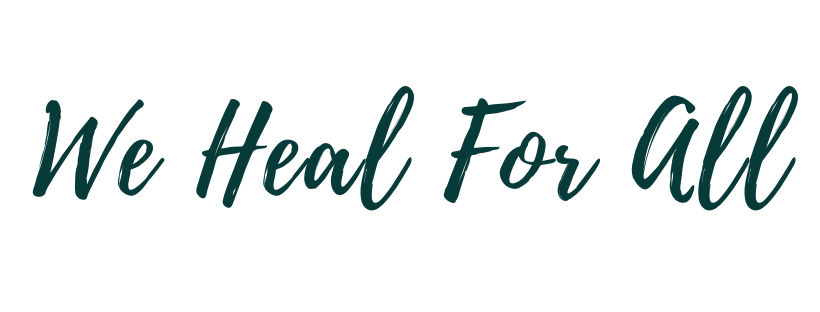“The catastrophe isn’t the end, it’s in the middle.”
“The catastrophe isn’t the end, it’s in the middle.”
These bolded words stood out from Brazilian journalist Eliane Brum’s article, The Power of the First Generation without Hope. I got chills.
She goes on:
“I remember[ed] that the anthropologist Eduardo Viveiros de Castro said, ‘Indians [Indigenous/Native People] understand the end of the world because their world ended in 1500’.. [His] statement made an impact on me.. but I only understood it completely when I went to live in the Amazon and exposed myself to other ways of life. Other ways of life are also other ways of thinking. When I dived into this river of Other thoughts, I understood that the catastrophe isn’t the end, it’s in the middle. I understood this with my body, which makes all the difference, by living alongside people who had lived through various catastrophes, people for whom the world had transfigured itself various times and for whom life invented itself through resistance. But resistance of a dimension unlike what we are familiar with from white Western experience. Resistance not involving a heavy burden or the cross, that of martyred resignation, or of vengeance and the sword. Insolent laughter was part of this resistance..”
A new type of resistance. Our point in time cracking open new ways of being, new ways of life we can know in our bodies. From our lived experiences. Softening our hearts and opening our minds to learn from the peoples, cultures, myths and perspectives that have moved through transfiguration before.
“When I started listening to the girls and boys of the student climate strike, what amazed me was how these young people in Europe, mostly white and middle-class, drew so close to the thinking of the peoples of the forest without ever having met them. Along what invisible pathways did their thoughts cross, how did this dialogue that happened without ever having happened come about?”
Yes. What shared invisible pathways are being activated within the collective consciousness of our human family as we awaken to the climate crisis, structural inequality, centuries old systems of oppression? What long-held, bone-knowing wisdom is coming through as we allow ourselves to whole-heartedly look at our world and the future we’re giving birth to?
“The history of the peoples of the forest, who already lived through catastrophe and face the threat of living through one again, the history of the teenagers who know they will have to live in a post-catastrophe planet, or an ‘in-catastrophe’ one. This perception of the world, that of an ‘in-catastrophe’ life, alters the whole body, as well as how this body is placed in the world. This is a body in a state of movement.”
As you shepherd the state of movement that's brought on by climate injustice in your own life, I humbly invite you to use my monthly Climate Circle as a space to allow that movement to breath, to be seen and to exist in whatever form it currently takes. Whether that looks like solemn sadness, activated confusion, fitful rage, shallowly held peace or something completely new The Climate Circles welcome it all. It’s my hope that the Climate Circles give us an opportunity to allow those feelings to move through their natural waves and deliver us into new ways of being that we can know in our bodies.
Hi, I’m Liz Moyer Benferhat. Writer, facilitator, coach, and development practitioner dedicated to the subtle interplay between how inner transformation feeds the outer transformation we need in the world. Welcome 🌿

